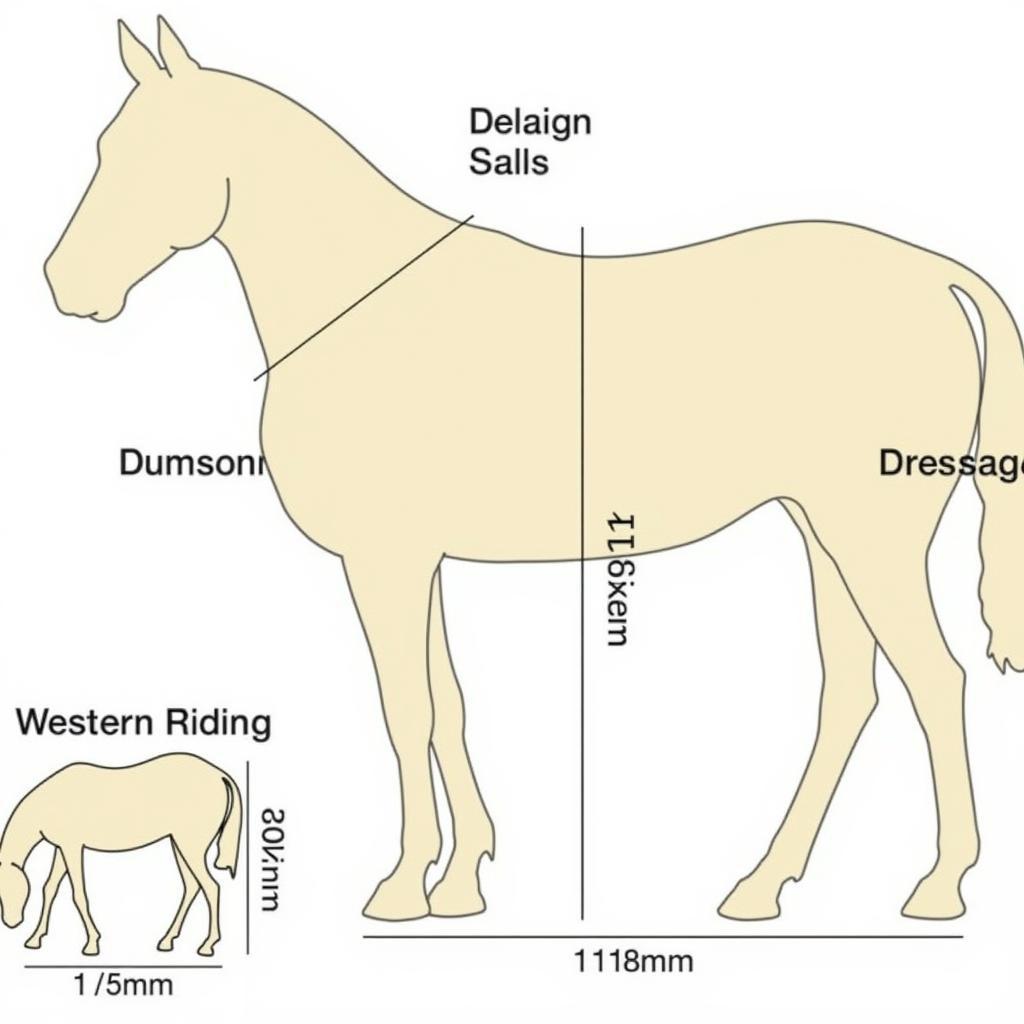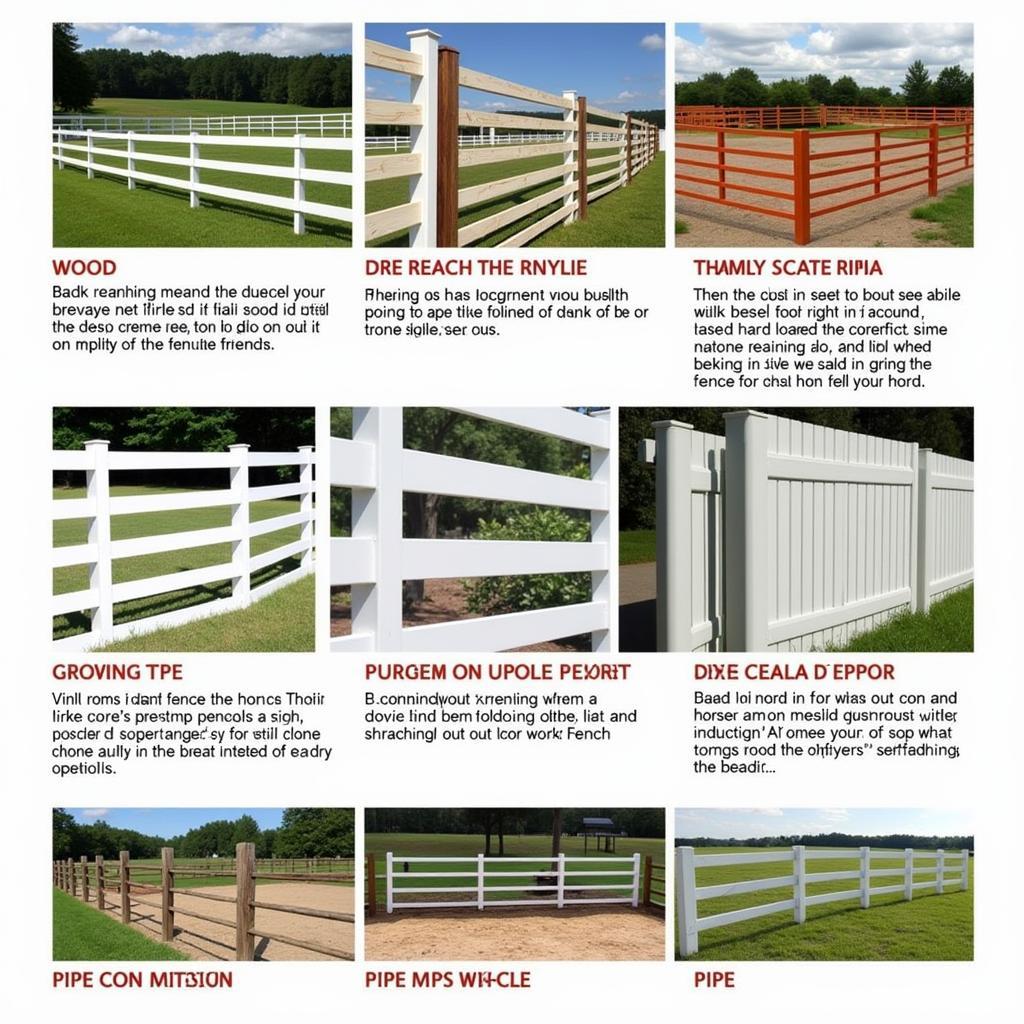When it comes to providing the best for your equine companions, having a dedicated arena for horses is a game-changer. Whether you’re a seasoned competitor or a recreational rider, a well-designed arena offers a safe and controlled environment for training, exercise, and pure enjoyment with your horse. But building an arena is a significant undertaking that requires careful planning and consideration. From choosing the right location and dimensions to selecting the perfect footing and fencing, every detail plays a crucial role in creating an optimal space for you and your horse.
Factors to Consider When Choosing an Arena Location
The ideal spot for your horse arena involves a careful balance of practicality and horse comfort:
- Drainage: Good drainage is paramount to prevent waterlogging and maintain a usable surface. Evaluate the natural slope of your land and consider installing drainage solutions if needed.
- Sunlight: While ample sunlight is beneficial, consider providing shaded areas or a covered arena for protection from harsh sun, especially in hotter climates.
- Wind Protection: Horses can be sensitive to wind, so try to position your arena where natural windbreaks like trees or buildings can offer some shelter.
- Accessibility: Ensure easy access to the arena for both horses and equipment, considering trailers, manure removal, and potential future expansion.
Determining the Right Size and Dimensions for Your Needs
Arena dimensions should align with your riding discipline and the horse’s size. A standard dressage arena is 20 meters by 60 meters, while a smaller arena, around 60 feet by 120 feet, might suit recreational riding and basic training.
 Arena Dimensions Guide
Arena Dimensions Guide
Arena Footing: The Foundation of a Safe and Comfortable Riding Surface
Arena footing for horses is crucial for your horse’s soundness and performance. Here’s a breakdown of popular choices:
- Sand: Affordable and readily available, sand offers good drainage but can vary in quality and may require amendments for optimal cushioning and stability.
- Wood Fiber: Provides excellent cushioning and shock absorption, making it ideal for high-impact disciplines.
- Rubber: Often mixed with other materials, rubber enhances footing’s durability, shock absorption, and moisture retention.
Regular maintenance, like raking and watering, is essential to preserve your chosen footing and ensure its longevity.
Fencing Options for Safety and Aesthetics
Choosing the right fencing material involves balancing safety, visibility, and aesthetics:
- Wood: Classic and aesthetically pleasing, wood requires regular maintenance to prevent rotting and splintering.
- Vinyl: Durable and low-maintenance, vinyl offers good visibility but can be more expensive than wood.
- Pipe: Extremely durable and long-lasting, pipe fencing requires minimal upkeep but might not be as visually appealing as other options.
 Horse Arena Fencing Types
Horse Arena Fencing Types
Essential Arena Equipment for Horses
To enhance your arena’s functionality, consider these essential pieces of equipment:
- Jumps: From cavaletti to full courses, jumps are essential for training and competition.
- Cavaletti: Useful for improving a horse’s balance, rhythm, and footwork, cavaletti are great for all levels.
- Ground Poles: Versatile training aids for groundwork and ridden exercises, improving straightness and flexibility.
Expert Insights on Arena Design
“When designing your arena, always prioritize safety and functionality,” advises renowned equine veterinarian Dr. Emily Carter. “Investing in high-quality footing and sturdy fencing is crucial for your horse’s well-being. Additionally, consider incorporating features like mirrors for training and proper lighting for evening rides.”
Creating a Horse-Friendly Environment
Remember, your arena should be a welcoming space for your equine partner. Regularly check for any potential hazards and maintain a calm and consistent atmosphere during training sessions.
Conclusion
Building an Arena For Horses is a rewarding investment that enhances your horsemanship journey. By carefully considering factors like location, size, footing, and fencing, you can create a safe, functional, and enjoyable space for you and your horse to thrive together.
FAQs About Horse Arenas
Q: Can I build a horse arena on sloped land?
A: Yes, but proper drainage is crucial. You might need to consult a professional for grading and drainage solutions.
Q: What is the best footing for a horse arena?
A: The ideal footing depends on your riding discipline, budget, and climate. Sand, wood fiber, and rubber are popular choices, each with pros and cons.
Q: How often should I maintain my arena footing?
A: Regular maintenance, like raking, watering, and removing manure, is essential. The frequency depends on usage and weather conditions.
Q: Can I use my horse arena for other animals?
A: While it’s possible, it’s generally not recommended. Other animals might damage the footing or introduce hazards for horses.
Q: How much does it cost to build a horse arena?
A: The cost varies widely depending on size, location, materials, and labor. Get quotes from reputable contractors for accurate estimates.
Need help finding the perfect property for your dream horse arena? Check out our listings for horse property for sale in Alamo Danville CA. We can help you find the ideal location to build your equine paradise!
Interested in learning more about horse care and equestrian lifestyle? Explore our other informative articles on 18 inch doll horse care and horse boarding in Asheville.
For personalized advice and support in creating your ideal horse arena, don’t hesitate to contact us. Call us at 0772127271, email us at [email protected], or visit us at QGM2+WX2, Vị Trung, Vị Thuỷ, Hậu Giang, Việt Nam. Our dedicated team is available 24/7 to assist you.